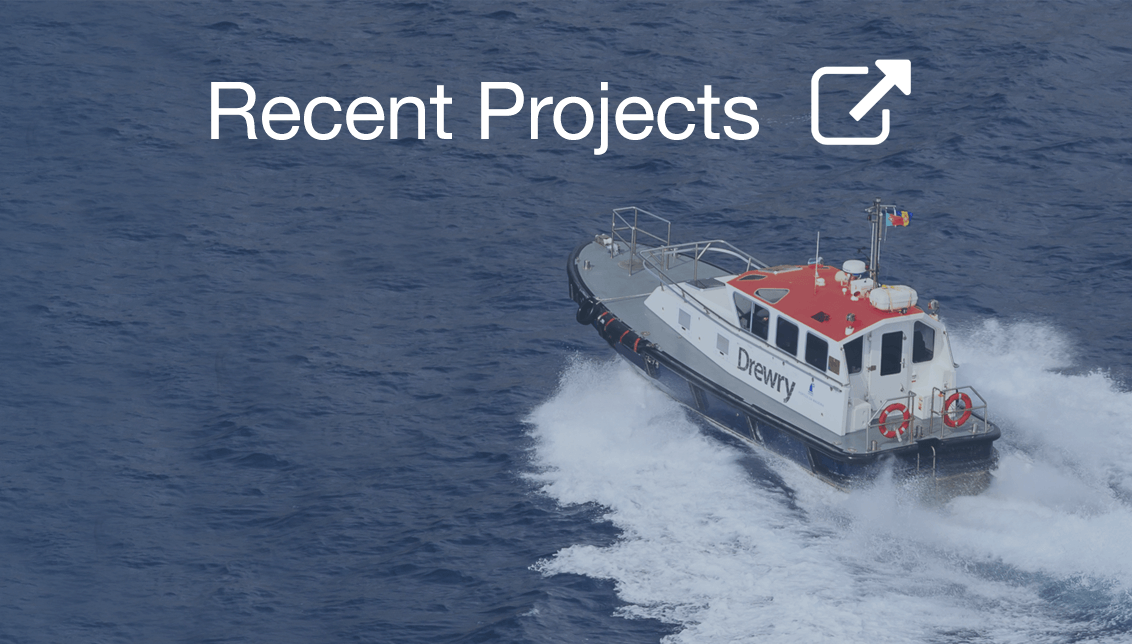Browse Products by Sector
Container ShippingContainer Equipment Assets
Ports and Terminals
Dry Bulk Shipping
Tanker Shipping
Gas Shipping
Specialised Shipping
Multimodal Transport
Logistics Management
Ship Operations and Management
Other popular areas
Browse subscriptions by Sector
Container ShippingPorts and Terminals
Dry Bulk Shipping
LPG Shipping
LNG Shipping
Crude Tanker Shipping
Product Tanker Shipping
Financial Advisory
Valuations
Drewry Financial Research Services Ltd is authorised by the UK Financial Conduct Authority (FCA).
A divided market
Eco-ships will be able to bargain a considerable premium over their vintage counterparts in the wake of higher bunker prices, resulting in a two-tier market. Post-2020, we expect steep LSFO/ MGO prices, coupled with cheaper HFO prices to lead to a three-tier structure.
Back in the days when the crude price was $100 per barrel and the MGO price close to $950 per tonne, eco-ships were able to fetch a $2,500pd premium over older vessels.
Engine efficiency plays a critical role in voyage expenditure, and its importance increases when bunker prices are high. The recent surge in bunker prices has already seen new MR tonnage able to bargain as high as $15,000pd whereas older vessels are being fixed at $13,000pd and less. For example, in May, the six-year-old, 50,000 dwt tanker STI Amber was chartered by Reliance at $15,000pd, while in the same month two 13-year old 47,000 dwt tankers were chartered by Shell at $12,750pd each for one year.
High period rates are justified by the savings that eco-ships make on fuel. At current Rotterdam MGO and HFO prices the bunker cost for a non-eco MR tanker completing a transatlantic round voyage could be as much as $0.50 million. Conversely, for an eco-tanker of the same size, the total bunker expense would be about $0.44million and depending upon the speed the savings could be even more prominent.
We believe that Brent front-month futures will average at $76 per barrel in the third and fourth quarters this year. In the past, when Brent averaged $79 per barrel in November 2014, the TC rate difference between a five-year and 15-year MR product tanker period rates was about $1,900pd. As per our representative TC rates for May, the premium has now reached about $2,000pd.
With an increase in crude prices and subsequently bunker prices, the period rate differential between modern and old tonnage will only strengthen. Furthermore, with the upcoming IMO regulations on the global sulphur cap for marine fuels, all vessels that are not fitted with scrubbers will be required to burn expensive MGO or LSFO fuel, and hence, the fuel savings on eco-ships will be enhanced even more.. In turn, savings will be reflected in high period rates, and we expect the period rate margin between eco and non-eco tankers to widen. In addition, scrubber-fitted tankers, which will be able to burn cheap HFO, will be able to bargain a premium over eco-ships. In our view this will result in a three-tier market post-2020.
© Copyright 2024 | Drewry Shipping Consultants Limited. All Rights Reserved. Website Terms of Use | Privacy Policy




